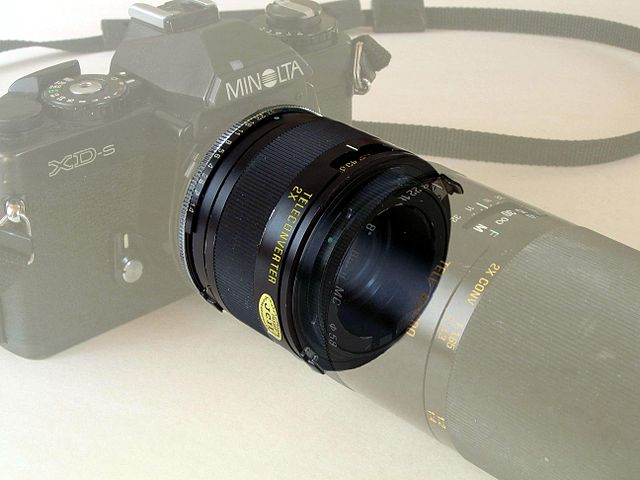The Canon FD lens mount is a physical standard for connecting a photographic lens to a 35mm single-lens reflex camera body. The standard was developed by Canon of Japan and was introduced in March 1971 with the Canon F-1 camera. It served as the Canon SLR interchangeable lens mounting system until the 1987 introduction of the Canon EOS series cameras, which use the newer EF lens mount. The FD mount lingered through the release of the 1990 Canon T60, the last camera introduced in the FD system, and the end of the Canon New F-1 product cycle in 1992.
Lens mount of the Canon T90
Canon New FD lens mounting surface.
Canon FD, f/1.4, 50mm, on AE-1 Program.
Canon FD f/1.8, 50mm, with caps.
A lens mount is an interface – mechanical and often also electrical – between a photographic camera body and a lens. It is a feature of camera systems where the body allows interchangeable lenses, most usually the rangefinder camera, single lens reflex type, single lens mirrorless type or any movie camera of 16 mm or higher gauge. Lens mounts are also used to connect optical components in instrumentation that may not involve a camera, such as the modular components used in optical laboratory prototyping which join via C-mount or T-mount elements.
Male mount of Minolta MC-Rokkor 58mm 1:1.4 lens with female lens mount of an Minolta XD-7
A teleconverter attached between a camera and its objective
This lens adapter is a passive adapter designed for mounting a Nikon F mount lens to a Micro Four Thirds camera.







